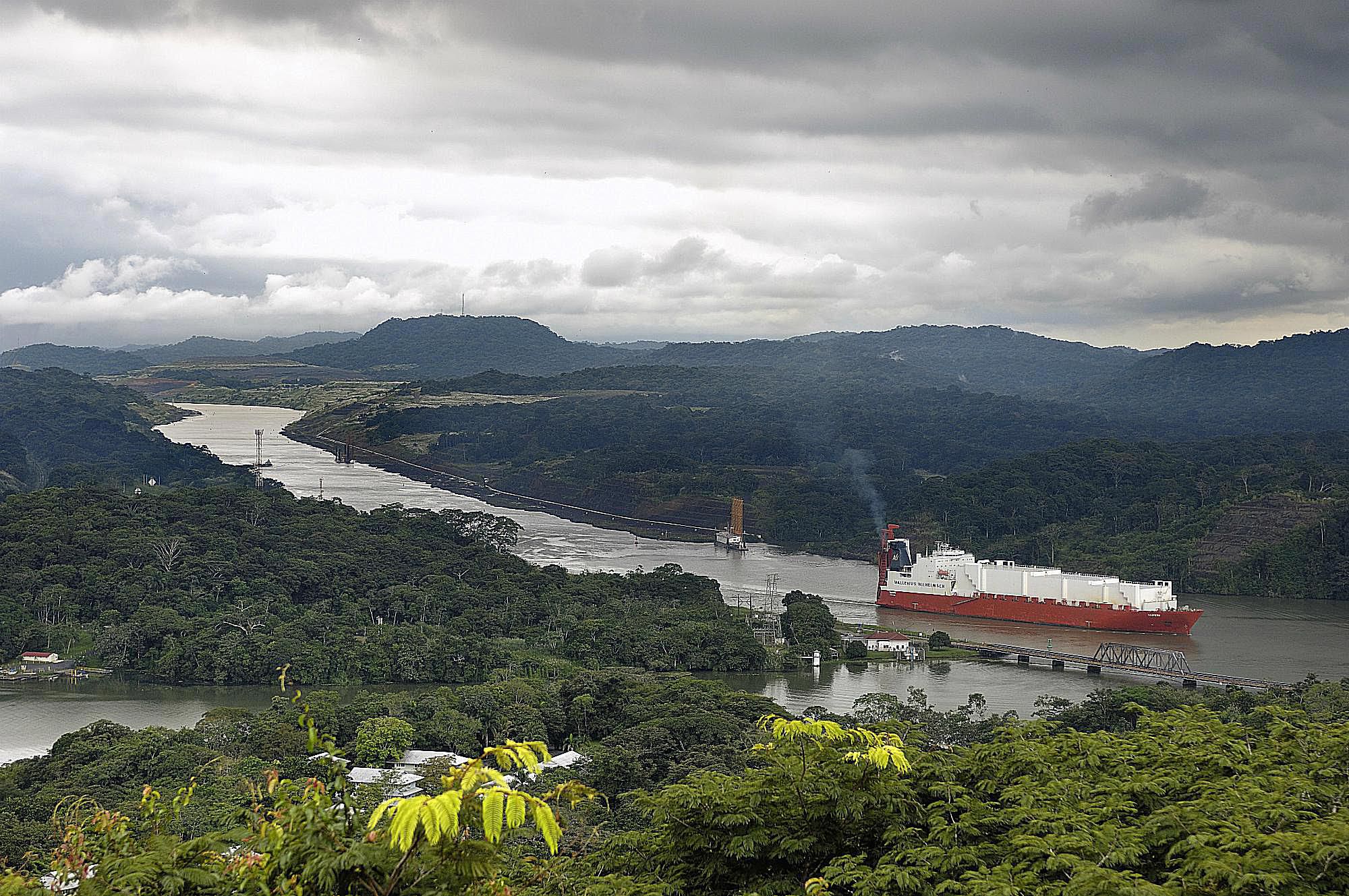(Opinion) The Panama Canal, an engineering marvel and linchpin of global commerce has been under severe duress recently.
Reduced rainfall in Central America, accentuated by the El-Niño event, has led to critical drops in water levels at the Canal.
It’s a grave reminder that nature holds the ultimate trump card.
This climatic adversity has caused a ripple effect on global trade.
Experts forecast that we might witness some of the hottest years in 2023 and 2024, further drying the region.
Gatun Lake, which feeds the Canal, is under threat from this diminishing rainfall.
This lake is instrumental in powering the Canal’s lock systems that manage the passage of massive cargo ships.

An official from the Canal Authority painted a grim picture, emphasizing how the prolonged drought had brought water levels perilously close to their operational limits.
The Canal, which sees 3.5% of the world’s trade pass through it, had to impose stringent regulations.
Ricaurte Vasquez, the Canal’s chief, recently highlighted the imposition of a cap on the number of ships passing daily, a dip from the usual 36-38 to a mere 32.
Add to that the new fees, weight limits, and a draft restriction of 13.4 meters for the upcoming months.
The consequences? Approximately 130 ships faced delays, some between 15 to 19 days, leading to substantial monetary losses.
Vasquez anticipates a staggering shortfall in revenue, to the tune of US$150-US$200 million for the fiscal year 2023-2024.
Such setbacks will inevitably pass on to consumers in the form of higher prices.
A poignant case in point was the plight of the ship, ‘Evergreen Ever Max’, which had to offload 1,400 of its containers at a nearby port, thanks to the Canal’s decreased depth.
Yet, amid these challenges, there’s a silver lining.
The ACP (Organisation of African, Caribbean, and Pacific States) opines that with its new measures, the Canal still upholds its strategic importance in global trade, echoing its competitive edge.
Established between 1904 and 1914 by the U.S., the Canal remains a symbol of resilience and adaptability, connecting the Atlantic and Pacific without the treacherous journey around Cape Horn.
It’s high time we confront the climate challenges threatening such crucial arteries of global commerce.
As the Panama Canal wades through these turbulent waters, it serves as a stark reminder that environmental sustainability isn’t a choice but an imperative for the future.

